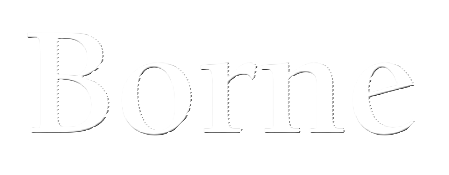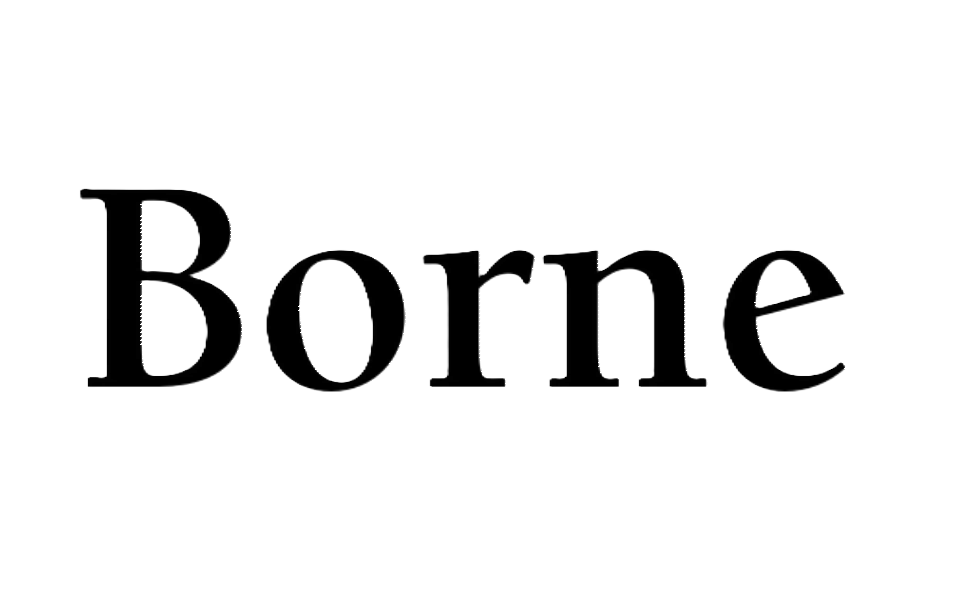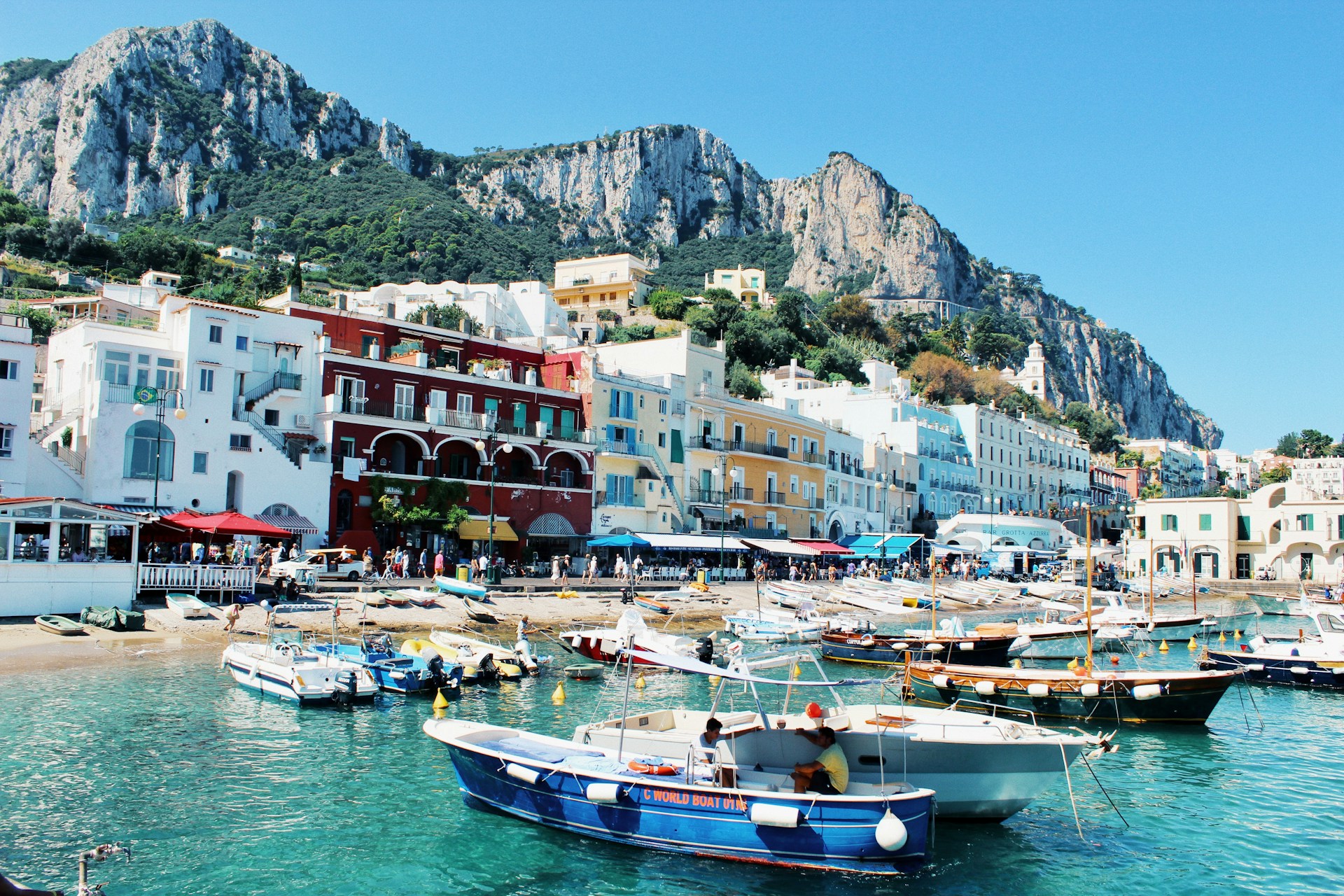
20 Essential Italian Travel Phrases for a Fantastic Trip
Heading to Italy this summer? Need a quick crash course to help with the basics? We’re here to help! Here, we’re going to cover 20 Italian phrases travelers should master before they visit Italy. If you also want to brush up on basic Italian greetings for beginners, check out 25 Must-Know Italian Greetings for a Beginner to Master, where we cover greetings and key words you’ll also want to have on the ready for your trip. If you’re wondering why you should learn Italian and you’re curious how fast you can learn Italian with AI, you can check out why you should learn Italian here and how to learn Italian fast with AI here.
Italian Travel Phrases to Help You Get Around Italy
Alright, you’ve landed! Benvenuti a Roma. I know you’re ready to hop on your Vespa and sip an Espresso, but let’s maybe start with a few simple questions you might ask. We covered basic Italian greetings like Buongiorno and Come stai? in 25 Must-Know Italian Greetings for a Beginner to Master. Here, we’ll focus on questions that’ll hopefully help you when you’re in an area where English isn’t as widely spoken.
Can you help me?
1. Mi può aiutare?
Mi può aiutare? [Mee PWOH ah-yoo-TAR-eh?] is a useful phrase that can help you when you really need it. Even if you aren't able to speak much Italian after this question, locals will really appreciate that you're making an effort and will respond in kind. "Mi" is the direct object for me, while "può" is the formal for you can. Aiutare is infinitive version of the verb to help. It's a polite way to ask for help.
Can you repeat that, please?
2. Può ripeterlo, per favore?
Può ripeterlo, per favore? [PWOH ree-PEH-tehr-loh, pehr fah-VOH-reh?] is a great way to ask someone to repeat something if you didn't catch it the first time, or if it wasn't totally clear. "Può" is the formal for "you can," while "ripeterlo" combines the verb "ripetere" (to repeat) with "lo" (it), meaning "repeat it." "Per favore" means "please." It's a polite way to ask someone to repeat something.
I'm lost.
3. Mi sono perso/a.
Mi sono perso [mee SOH-noh PEHR-soh] is a way to tell someone that you're lost. Mi is the reflexive pronoun that correspond to "myself," while sono is the first person singular conjugation of "essere" (to be). In short, it corresponds to "am." The word perso is the past participle of "perdere" (to lose), which means "lost." It becomes persa if it's a female saying it. The literal translation is I have lost myself.
Where is the bathroom?
4. Dov’è il bagno?
Dov’è il bagno? [doh-VEH eel BAH-nyoh?] is an important phrase for any traveler. It's not always clearly marked and you sometimes need to just ask. "Dov’è" is a contraction of "dove" (where) and "è" (is), so the contraction at the beginning corresponds to "Where is." "Il" is the definite article "the" and it's in its masculine singular form. The word "bagno" means "bathroom" or "restroom."
Can you show me on the map?
5. Mi può mostrare sulla mappa?
Mi può mostrare sulla mappa? [mee PWOH moh-STRAH-reh SOO-lah MAHP-pah?] is how you'd ask a local for directions to a place on your phone or a paper map. "Mi" is the indirect object for "to me," while "può" is the formal for "you can." "Mostrare" is the infinitive form of the verb "to show." "Sulla" combines "su" (on) and "la" (the), so it's "on the." "Mappa" means "map." This'll help you to have a marker for a location!
Order Food and Drinks in Italian
Alright, so we’ve gotten some basics down for getting around Italy. Now, you’re ready to learn a few phrases that’ll help you when you want to order food and drinks in Italian. These are all key Italian travel phrases that you’ll need to know when you’re hungry or thirsty!
Can I see the menu?
6. Posso vedere il menù?
Posso vedere il menù? [POHS-soh veh-DEH-reh eel meh-NOO?] is a polite way to ask for the menu when you're at a restaurant. "Posso" corresponds to "can I" (conjugated form of to be able to), while "vedere" corresponds to the infinitive of the verb "to see." And, of course, "il menù" is just the menu. It’s a great phrase to get you started if you haven't seen one yet at a restaurant.
What do you recommend?
7. Cosa mi consiglia?
Cosa mi consiglia? [KOH-zah mee kohn-SEEL-yah?] is a great way to ask for recommendations at a restaurant. "Cosa" means "what". The word "mi" is the direct object for me, while the word "consiglia" is the formal version of the verb to recommend. It’s perfect for getting suggestions on what to order. It's a little less formal than "Può consigliarmi qualcosa?", even though it has a similar meaning.
Can I have a glass of water?
8. Posso avere un bicchiere d'acqua?
Posso avere un bicchiere d'acqua? [POHS-soh ah-VEH-reh oon beek-YEH-reh DAH-kwah?] is a useful phrase to request a glass of water. "Posso avere" means "can I have," with "avere" as the infinitive form of "to have". Meanwhile, "un bicchiere d'acqua" translates to "a glass of water." "Acqua" is "water" in Italian. It’s a simple request that's common at the start of a meal.
I would like to order...
9. Vorrei ordinare…
Vorrei ordinare… [vohr-RAY or-dee-NAH-reh…] is how you can tell the waiter you’d like to order if you're at a restaurant. "Vorrei" is a polite form of "I would like." It's the conditional form of "volere", which is to want. The word "ordinare" corresponds to the verb "to order." You can always add a dish you want to after "Vorrei", like if you're ordering a pizza, you'd say "Vorrei una pizza."
The bill, please.
10. Il conto, per favore.
Il conto, per favore [eel KOHN-toh, pehr fah-VOH-reh] is a polite way to ask for the bill when you're dining in Florence or on the Amalfi Coast. "Il conto" corresponds to "the bill" or "the check" when you're at a restaurant. "Per favore" translate to "please," and is used to soften the tone of the request. It’s a useful phrase to know when you’re wrapping up at a restaurant or café.
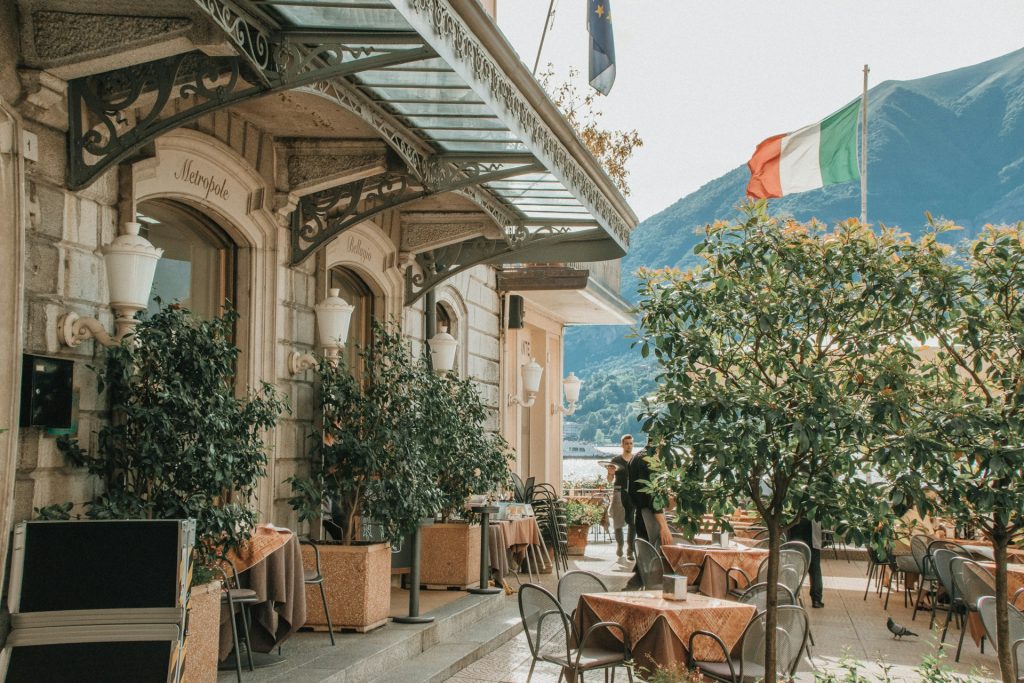
Italian Phrases for Shopping in Italy
Alright, it’s time to head out shopping in Italy. Here, we’ll cover some Italian shopping phrases that will be useful when you travel to Italy. You’ll want to be able to ask how much something is in Italian. There’s clearly a lot more to cover and we make it easy to learn Italian shopping phrases in the Borne app. But, these next few phrases are pretty universal and will help to get beginners traveling to Italy started in Italian.
How much does it cost?
11. Quanto costa?
Quanto costa [KWAHN-toh KOH-stah] is a simple phrase for asking how much something is when you're shopping in Italy. "Quanto" translates to "how much." Meanwhile, "costa" comes from the verb "costare," which corresponds to the verb "to cost." Whether you're buying a cappuccino in Milan or buying a shirt in Rome, this phrase will help you when you're shopping in Italy.
Do you accept credit cards?
12. Accettate carte di credito?
Accettate carte di credito (ah-cheh-TAH-teh KAR-teh dee KREH-dee-toh) is a useful phrase when you're buying something in Italy. "Accettate" is the second-person plural form of "accettare," which comes from the verb "to accept." "Carte di credito" translates to "credit cards." When you're not sure if credit cards are accepted, this phrase will help to clarify if they are with the merchant.
Can I pay in cash?
13. Posso pagare in contanti?
Posso pagare in contanti (POHS-soh pah-GAH-reh een kohn-TAHN-tee?) is another useful phrase when you're shopping in Italy. "Posso" comes from the verb "potere" (can/to be able to), and is the first person singular ("can I"). "Pagare" corresponds to the verb "to pay." Meanwhile, "in contanti" translates to "in cash." So, when you're at a market in Rome, this phrase will help you check if cash payments are accepted.
Is there a discount?
14. C’è uno sconto?
C’è uno sconto (cheh OO-noh SKOHN-toh?) is a useful phrase when you're shopping in Italy, especially at a market. "C’è" is a contraction of "ci" and "è," and translates to "is there." "Uno" means "a" or "one," while "sconto" translates to "discount." Whether you're browsing for souvenirs or looking to rent a place for an extended period, this phrase can help you ask if there’s any kind of special deal available.
Where is the supermarket?
15. Dov’è il supermercato?
Dov’è il supermercato (doh-VEH eel soo-pehr-mehr-KAH-toh?) is a great phrase when you're needing to buy some groceries or snacks in Italy. "Dov’è" is a contraction of "dove" and "è," and corresponds to "where is." "Il" is the definite article (the) for "supermercato", which translates to "supermarket." When you're in need of a few things, this phrase will help you locate the nearest grocery store.
Common Phrases in Italian For Your Next Trip to Italy
Alright, we’ve now got some Italian basics for getting around Italy as a traveler, how to order food and drinks in Italian and shopping phrases in Italian. Let’s wrap up with a few other common phrases that will help you navigate life in Italy more easily when you travel to Italy next!
Nice to meet you!
16. Piacere di conoscerti!
Piacere di conoscerti (pya-CHEH-reh dee koh-NO-shehr-tee!) is a friendly way to say "Nice to meet you" in Italian when you're speaking informally. "Piacere" means "pleasure," while "di" means "of." "Conoscerti" comes from the verb "conoscere" (to meet/know) and is in its infinitive form here with "ti" (you). This makes it "to meet you." If you want to make it more formal, you can say "Piacere di conoscerla."
Nice to meet you!
17. Parli inglese?
Parli inglese (PAHR-lee een-GLAY-zeh?) is a useful phrase when traveling in Italy and you need to find someone who speaks English. "Parli" comes from the verb "parlare" (to speak) and is in the informal form for "you." "Inglese" means "English." If you need to be more formal, you can say "Parla inglese?" But, yes, this is an important phrase, as there might be moments when you just need to find an English speaker.
Where are you from in Italy?
18. Da dove vieni in Italia?
Da dove vieni in Italia (dah DOH-veh VYEH-nee een ee-TAH-lyah?) is a way to ask someone where they are from within Italy. "Da dove" translates to "from where," while "vieni" comes from the verb "venire" (to come). It's in the informal "you" form. "In Italia" means "in Italy," specifying the location. If you wanted to just ask where they're from generally, you can just drop the "in Italia."
How’s the weather today?
19. Che tempo fa oggi?
Che tempo fa oggi (keh TEHM-poh fah OH-jee?) is a common way to ask about the weather in Italian. "Che tempo" translates to "what weather," while "fa" comes from the verb "fare" (to do/make) and is used to describe the weather. "Oggi" translates to "today." Whether you're planning a day at the beach in Sardinia or sightseeing in Rome, this phrase will help you get prepared.
No problem
20. Non c’è problema.
Non c’è problema (nohn cheh proh-BLEH-mah) is a common way to express "no problem" or "it’s not a problem" in Italian. "Non" means "not," while "c’è" is a contraction of "ci" and "è" meaning "there is." "Problema" translates to "problem." This phrase is useful in a casual conversation, whether you’re reassuring someone or implying that something is really not a big deal to you.
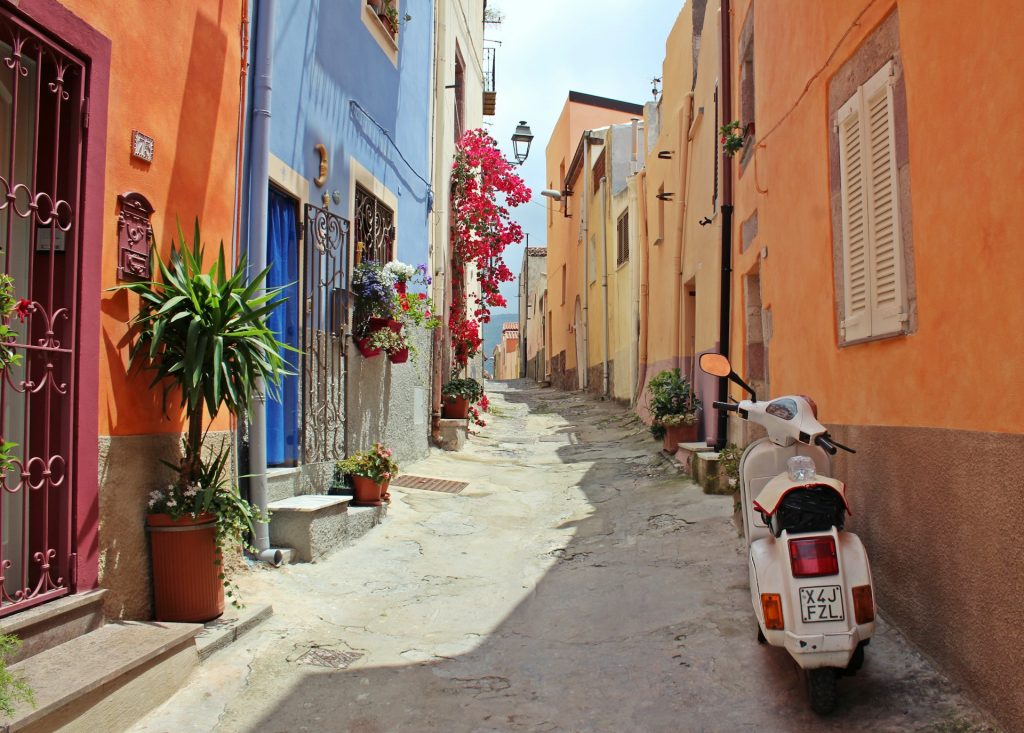
Learn Italian Faster with AI
We hope this post helps get you familiar with some Italian travel phrases for your next trip to Italy. If you’re wanting to start really learning Italian, we recommend checking out our Learn Italian page, where we cover a number of common questions you might be thinking about if you’re starting to learn Italian. And, of course, in the Borne app, you can use our pronunciation assessment to make sure you’re pronouncing these phrases correctly! We also recommend checking out our post Why You Learn a Language 6x Faster with AI, where we go into detail on how you can learn any language faster with AI.
Frequently Asked Questions
Can I really get fluent in Italian with the Borne app?
Fluency is a loaded word. You are definitely going to need interactions in the real world to be considered fluent in a Italian. But, a key point here is that you can make massive strides with online Italian immersion and AI language learning apps like Borne, in ways that weren't possible even in the recent past. Italian learning with Netflix, Italian learning with YouTube and Italian conversations on your favorite AI language learning app, these just weren't even a thing in the recent past. It's a new exciting ecosystem for Italian language learners.
One thing we all know is that if you're trying to speak a new language too early in your language learning journey, it can be intimidating and discouraging if you're trying to engage with native speakers in a new country. This new world of online Italian immersion and AI Italian learning apps can soften these awkward early interactions, by giving you the opportunity to practice speaking in a judgment-free environment and hone your listening skills in the comfort of your home. Then, you'll be more confident and prepared when you do head out into the real world and engage with native Italian speakers!
How can AI help me learn to speak Italian?
AI makes it possible for Italian learners to have immersive experiences with a simple Internet connection. AI language learning apps like Borne offer on-demand, 24/7 access to Italian conversation. It's like being able to have an interaction with a native Italian speaker who gives you real-time feedback whenever you want. This is needed to get fluent in Italian. AI can also introduce you to idioms and slang, making you sound more like a native Italian speaker. It's an efficient and effective tool to learn Italian fast and to speak Italian fluently!
What is Borne, and how does it work?
Borne is an AI-powered language learning app that simulates conversations with an AI language partner to help you improve your speaking and listening skills. You can choose from Spanish, French, English, Italian, German, Portuguese, Dutch and Swedish. The app offers personalized lessons, practice conversations and immersive adventures, while providing feedback in real-time on your pronunciation, grammar and phrasing. Borne leverages advanced AI to deliver an affordable, on-demand and pressure-free Italian learning experience, offering all the benefits of traditional tutoring at a fraction of the cost.
What Italian level should I be to use the app?
You can use the Borne app at any level of Italian, as a complete beginner or as an advanced Italian speaker. If you don’t understand what Borne is saying, click on the text to see the text translated to your native language. You can then also click on individual words to learn more about a word. If you’re unsure how to respond, simply click the help icon at the bottom left and type what you want to say in your native language to have it translated into Italian. These tools keep you immersed in the language, while providing a safety net whenever you encounter unfamiliar words or need assistance.
Eddie Duszlak
Eddie Duszlak is the co-founder and Chief Language Learner at Borne. Prior to Borne, he spent his career as a global investor, leading investments for some of the world’s leading institutions. He holds a B.A. in Asian Studies from Dartmouth College and an M.B.A. in Economics from the University of Chicago. A lifelong language learner, he is currently working on his Spanish and French in the Borne app daily from his home base in North Carolina.

